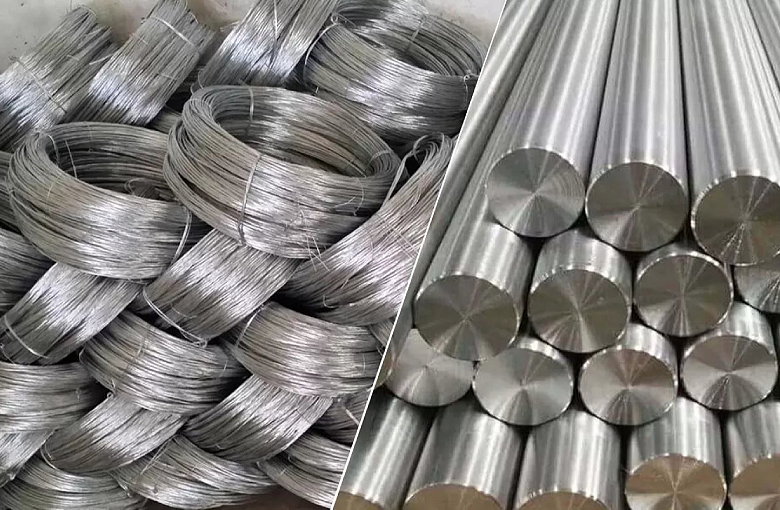Exploring the Relation Between Nickel and Metal Alloys

Metals alloys are a ubiquitous part of our everyday lives and they are constantly used in a wide range of products and utilities, from building materials to aerospace systems. Nickel is among the most important components that frequently comes into play while creating different metal alloys, and these alloys are often improved thanks to the characteristics that nickel introduces. Whether it’s nickel alloy 718 AMS 5596 or any other form of the metal, the value that nickel has in various industries cannot be understated. We at Kalapurna have put together this blog to dive deeper into the relationship between nickel and various metal alloys.
Importance of Nickel in Different Alloys
Stainless Steel
Among the more commonly known applications of nickel is its use in the production of stainless steel material. Stainless steel is typically made up of iron, chromium and nickel as the primary components, along with smaller traces of molybdenum. Nickel offers a number of useful advantages to the alloy. For one, it greatly helps in increasing the material’s resilience to getting corroded, which is why it is so commonly used in medical instruments, as well as in culinary cutlery.
The presence of nickel in stainless steel also helps in making the alloy material more tough and durable. This critical property of stainless steel makes it a very favorable option when it comes to more harsh environments and heavy structures. Another property that makes stainless steel very reliable in extreme environments is its heat resistance, which is also a property that is great improved by nickel. This makes a fantastic option for applications in the aerospace industry, as well as the automobile manufacturing field.
Copper Alloys
There are many copper alloys which contain nickel, where the material is typically used to greatly improve certain properties of the alloy as a whole. By far the most commonly known characteristic that nickel improves is an alloy’s resistance to corrosion. Nickel greatly improves the corrosion resistance of an alloy such as cupronickel, making it a commonly used material in ship building and shoreside work. To be more specific, nickel greatly increases the alloy’s capacity to resist the corroding effects of seawater.
It is also worth noting that copper alloys such as cupronickel are also popularly used in marine equipment, mainly due to the fact that nickel enhances the alloy’s resistance to marine fouling - when marine organisms such as mussels latch themselves onto the surface of ships. Nickel helps a lot in extending the lifespan of ships and marine equipment, as marine fouling can cause serious damage and also lead to more energy consumption. Copper alloys that contain nickel are also well-known for possessing excellent heat conductivity, though still not as impressive as pure forms of copper.
Electrical Alloys
Nickel is also a very common component of electrical alloys like nichrome, due to a number of characteristics that it possesses. As a matter of fact, nickel is among one of the best materials for facilitating heating elements. One of the main characteristics that nickel enhances is electrical resistance, which means that the alloy can heat up effectively when carrying an electrical current.
Nickel is also known to keep a certain level of stability even when at a much more elevated temperature. This particular property helps a lot in offering effective and consistent heating. While a lot of other materials tend to get corroded and oxidized due to the high temperatures, nickel possesses great resistance to oxidation and allows heating fixtures to stay functional for longer.
Superalloys
Superalloys are high-performance materials intended to endure harsh environments, and nickel is often a crucial component in their formation. These materials typically find extensive use in power generation and aerospace applications. In most cases, materials such as iron, nickel, cobalt, and many other materials such as titanium and aluminum are typically found in these superalloys. Since nickel superalloys can withstand high temperatures without losing the mechanical characteristics, they are essential to the aerospace sector, especially in the construction of jet engines and turbines.
Thanks to its resistance to oxidation, nickel helps in shielding superalloys from the corrosive effects of high-temperature combustion. Excellent creep resistance is another feature of nickel-containing superalloys, which is crucial for maintaining long-term stability and structural stability even in extreme conditions.
Nickel offers an impressive combination of properties and advantages, which is why it is such a popular primary component when it comes to making alloys from different materials. Kalapurna offers a range of products apart from nickel, such as tungsten and titanium.